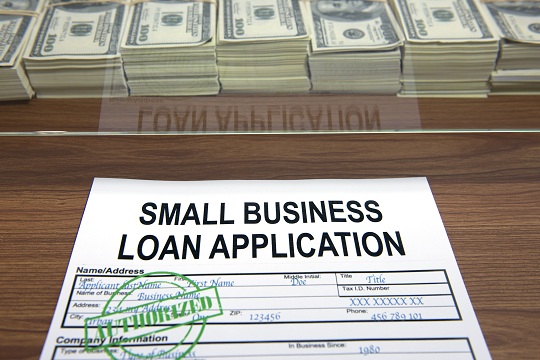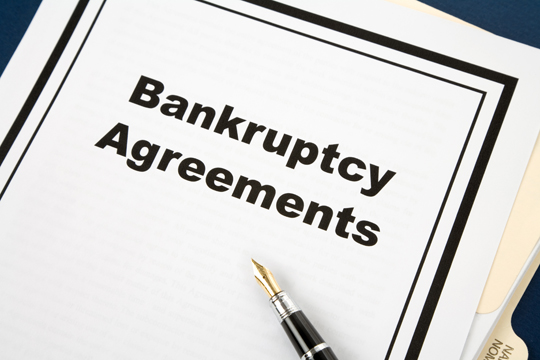In these difficult economic times, many companies are finding it hard to keep their heads above water. All across the country, major corporations and small businesses are finding themselves in the untenable position of being unable to pay their creditors, suppliers, and employees. After exhausting all other financial avenues open to them, such as securing further loans or even bringing in a new business partner, the only option left is to declare bankruptcy. If this is the only choice left to you, the first thing you need to do is to get a clear chapter 11 bankruptcy definition.
It’s Not the End
It is a common belief that filing for bankruptcy means that you will lose complete control over your business and your assets and that you will be left with basically nothing. Yet, when you look into the chapter 11 bankruptcy definition, you will come to realize that this is not really the case.
Chapter 11 bankruptcy gives a business owner the ability to reorganize and restructure their company and business plan in order to remediate their credit and cash flow problems. When a company files for chapter 11 bankruptcy, the owners become debtors in possession of the business and are mandated to come up with a plan to service their debt and pay back their loans to their creditors. The owners, or debtors in possession, are still in control of the company and its operations, and their objective from the point of filing onward is to find a way to restructure the company so that the business is able to pay off its debts.
How it Works
1. Upon filing for chapter 11 bankruptcy, the debtor in possession has approximately 120 days within which to propose a plan for restructuring the company and paying off its debts. Once the filing is made, automatic stay immediately applies, meaning that all of the business’ creditors have to stop pressing the owner for repayment of his debts until the chapter 11 proceedings are over.
2. After the owner has proposed a plan, the creditors have the right to vote on it – they can either approve or veto it, in which case the debtor in credit has to come up with a new plan. At this stage, the company’s creditors can also propose their own plan.
3. Once a plan has been settled on, it has to be confirmed by a judge. Only a judge can do this – even if the debtor and creditors agree to a restructuring plan, it cannot go into effect until it has been confirmed by the courts.
At this point, the debtor in possession remains in control of the company and its operations as long as he or she sticks to the restructuring and repayment plan.
Consult a Bankruptcy Lawyer
If you need help filing for bankruptcy under chapter 11, TalkLocal can help. Visit our website and use our free referral system to be connected with experienced bankruptcy lawyers close to you. Filing for bankruptcy is a hard road, but with the right help, you can soon be back on your way to fiscal solvency.











